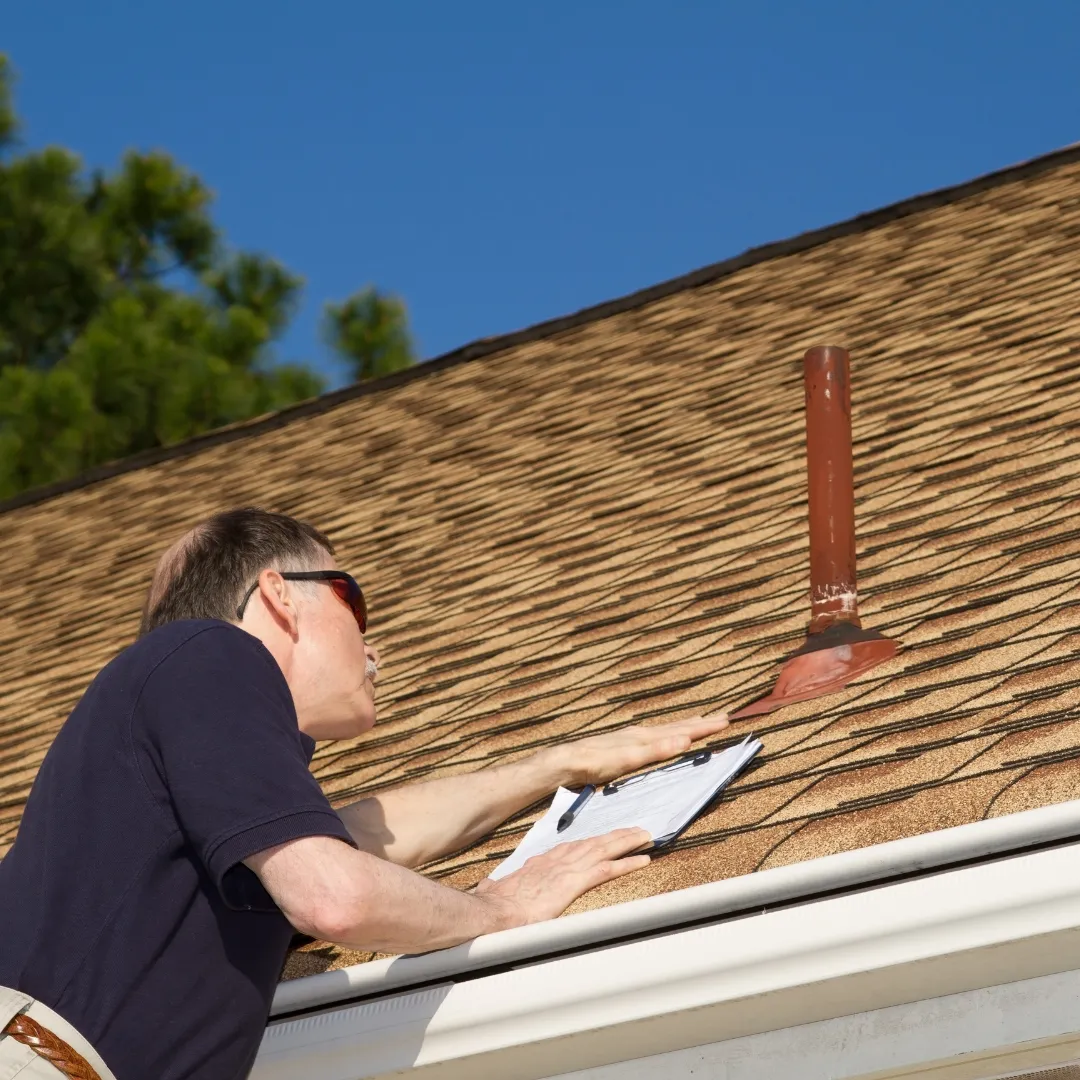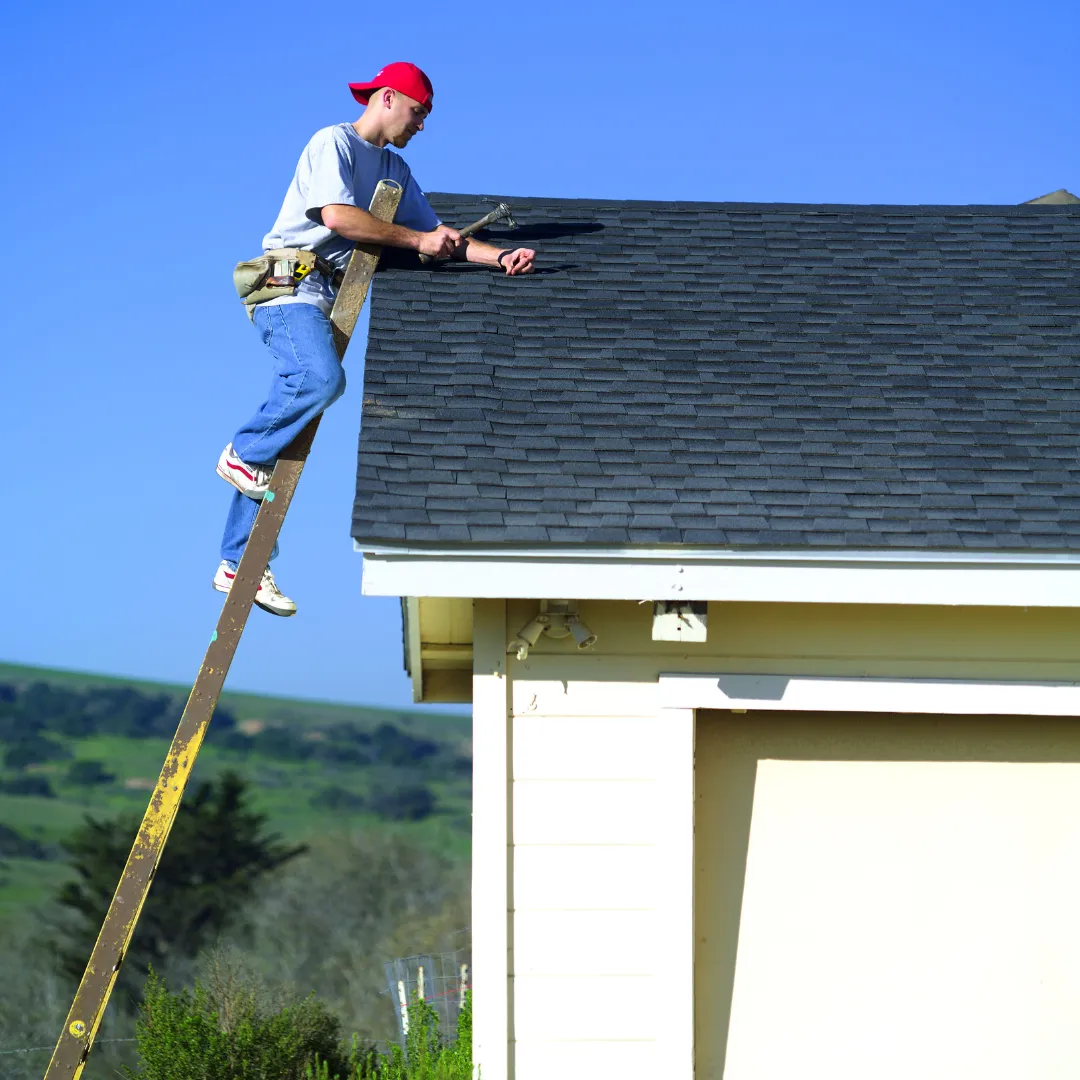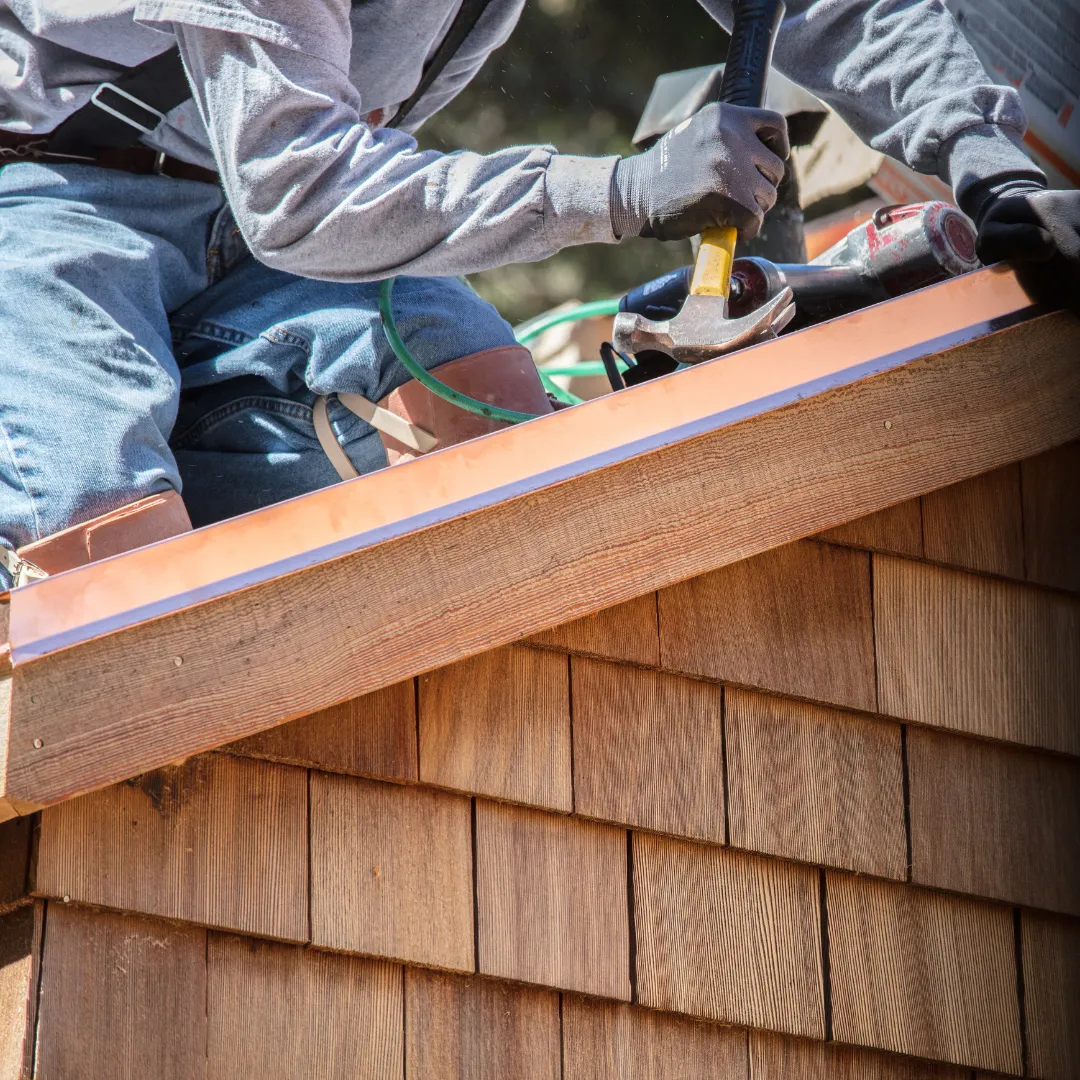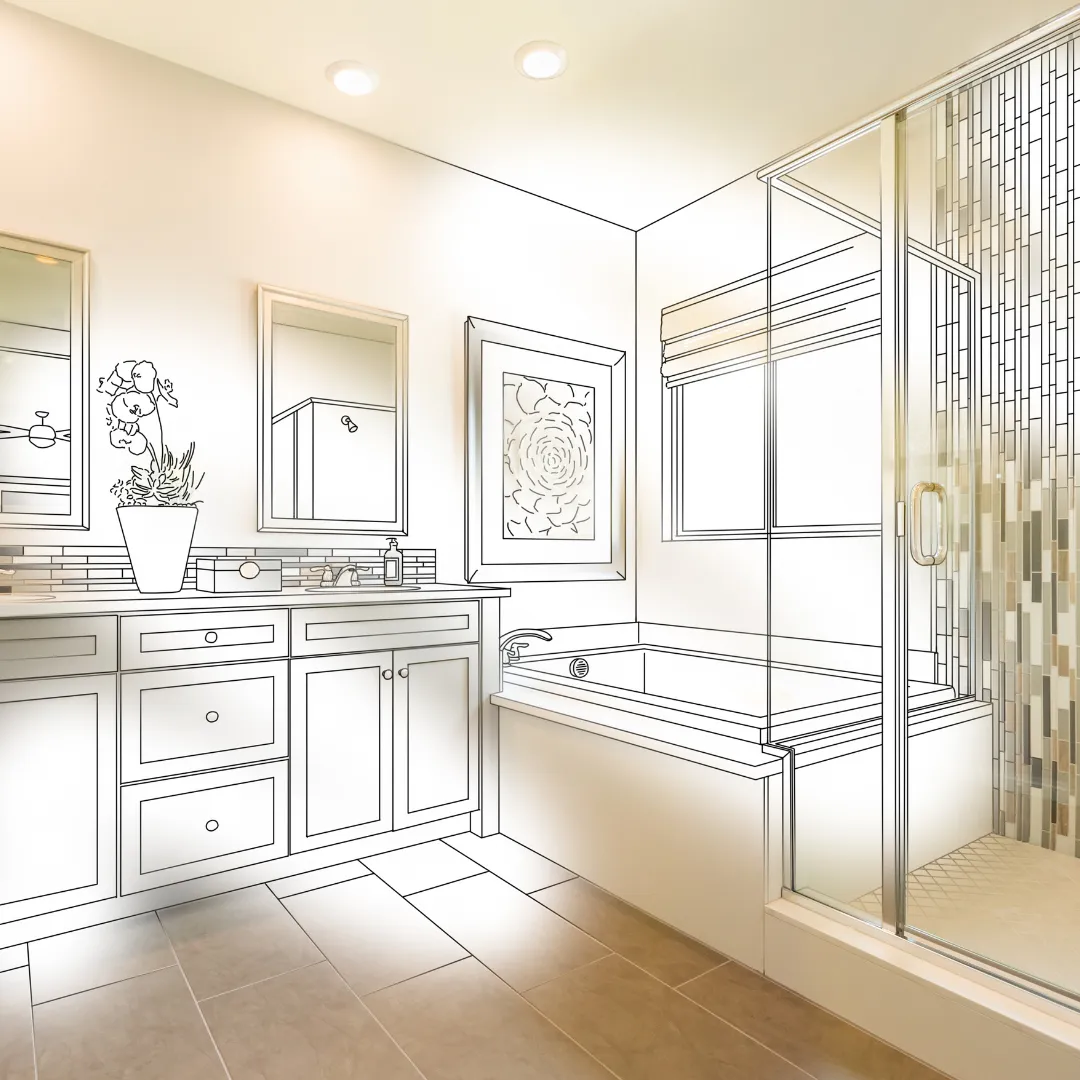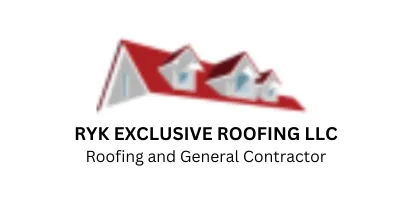RYK Exclusive Roofing and GC – Serving Frisco, Plano & the DFW Metro Area
RYK Exclusive Roofing and GC delivers top-tier roofing, gutters, and remodeling services to homes and businesses across North Texas.
Get a FREE Quote now
CALL NOW (972) 341-8581
RYK Exclusive Roofing and GC
Your trusted partner for expert roofing solutions and general contracting services across Texas, Arkansas, Oklahoma, and Louisiana.
Get a FREE Quote now
CALL NOW (972) 341-8581
Roofing Solutions
RYK Exclusive Roofing and GC provides expert roofing services for homeowners in Frisco, Plano, and surrounding DFW cities. Our team handles everything from roof inspections and leak detection to full roof replacements and new installations. We work with a variety of roofing materials, including asphalt shingles, metal, tile, and more—always using high-quality products built to withstand North Texas weather. Whether you’re repairing storm damage or upgrading your home’s roof, we deliver dependable service with honest assessments and exceptional craftsmanship.
General Contracting Services
In addition to roofing, RYK Exclusive Roofing and GC offers full-service general contracting for homeowners across Frisco, Plano, and the greater DFW metroplex. From custom home construction to interior remodeling and major renovations, we manage every phase of the project with precision and care. Whether you're expanding your living space, updating your kitchen or bathroom, or restoring a property after storm or water damage, our team ensures high-quality workmanship, clear communication, and on-time project completion tailored to your vision and budget.
New Construction Projects
For new construction projects, we deliver expert guidance and flawless execution. We manage every phase of the build, from planning to construction, ensuring your vision is brought to life with exceptional results. Our experienced team ensures that each project is completed on time and within budget, with the highest standards of craftsmanship. Let us help you create the perfect space with our reliable new construction services.
Remodeling
Our remodeling services are designed to transform your space into something truly exceptional. Whether you're updating a kitchen, bathroom, or living area, our skilled team works closely with you to bring your vision to life. We focus on quality craftsmanship and attention to detail, ensuring every project enhances the beauty and functionality of your home. Trust us to deliver a seamless remodeling experience from start to finish.
Renovations
At RYK Exclusive Roofing & General Contracting, we provide expert renovation services to refresh and revitalize your property. Whether it's a small update or a complete overhaul, we tailor our work to meet your needs and enhance the value of your home. Our team ensures that every renovation is completed with precision, using the highest-quality materials and techniques. Let us bring new life to your space with our professional renovation services.
Roofing FAQs
How do I know if my roof needs to be repaired or replaced?
If you notice missing shingles, leaks, or water stains on your ceiling, it’s time for a professional inspection. We offer free roof assessments in Frisco, Plano, and surrounding areas to help you determine whether a repair or full replacement is the best option.
Do you work with insurance claims for storm damage?
Yes, we regularly help homeowners navigate insurance claims after hail or wind damage. Our team provides detailed inspections, documentation, and works directly with your adjuster to ensure you get the coverage you deserve.
Do impact-resistant shingles affect my insurance premiums?
Yes, many insurance companies offer discounts on premiums for homes with Class 4 impact-resistant shingles. Since these shingles reduce the likelihood of storm-related damage, insurance providers often provide financial incentives for homeowners who invest in these materials.
General Contracting FAQs
What types of remodeling projects do you handle?
We specialize in kitchen and bathroom remodels, room additions, flooring upgrades, and whole-home renovations. Whether you're modernizing a single space or transforming your entire home, we tailor each project to your needs and style.
Do you offer custom home construction services?
Yes, we provide full-service custom home building—from design consultation and permitting to construction and final walkthrough. We work with homeowners in Frisco, Plano, and the broader DFW area to bring their vision to life.
Do you handle permits and code compliance for construction projects?
Yes, we manage all necessary permits and ensure that every project meets local building codes and regulations. From planning to final inspection, we take care of the details so you can focus on the results.

